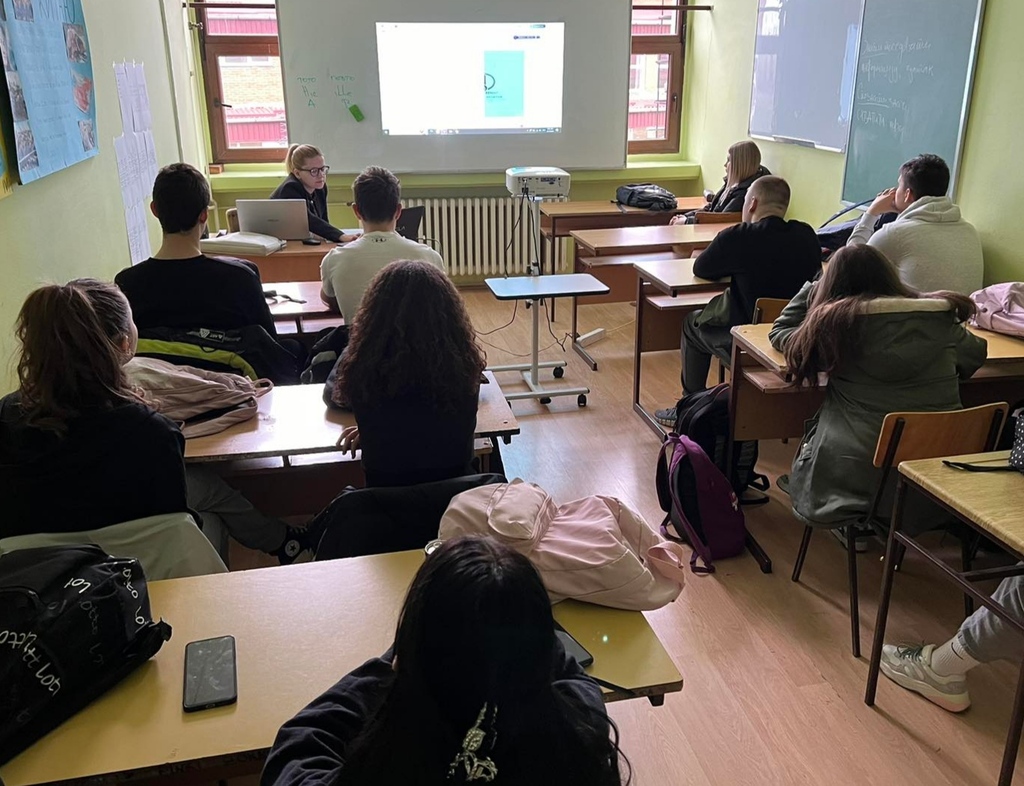Round Table as a part of the "Digital Safety Initiative" was an opportunity to invite teachers in rural areas and discuss digital safety challenges that they are facing during their work with students. About 40 teachers effectively took part in lectures and contributed to the vibrant atmosphere, shared their concerns and thoughts about this relevant topic.
The round table was held on 24th May in Petro Kuzmjak school, and it was certified with by the Province Vojvodina Pedagogical Institute, so the certificate received on this round table is a relevant document for teachers' professional document. The round table was opened by Natalija Budinski, who greeted participants, and wished them successful work. Further on, she introduced the "Digital Safety Initiative" project, and it aims to the audience. In this part, we presented students videos, teachers' lesson plans dedicated to digital safety and flyer prepared by parents.
Petro Kuzmjak school has a great opportunity with the project to improve digital safety education and raise awareness about various online risks, including cyberbullying, identity theft, online scams, fake news, and privacy breaches. Through various workshops with students, teachers, and parents we increased the knowledge and skills required to navigate the digital landscape safely. Also, this round table was a great opportunity to analyze various aspects of the digital world and its influence to our everyday life and try to decrease the gap between students who are digital natives and parents and teachers and increase digital safety in the local rural community.
Teacher Tamara Budinski presented different activities and workshops dedicated to digital safety that our school was part of. Teacher Ljiljana Rudakijević presented reasons why are taking part in programs such as Erasmus, but also in another important for the school development, while teacher Daliborka Vukasović discussed ethical aspects of the use of digital technologies and artificial intelligence.
At the end of the round table, we had a fruitful discussion and we concluded that digital technology has become an integral part of life, and thus it has become part of school life. Communication, educational content, and even social interaction are moved to the virtual environment, which, apart from many benefits, brings and causes problems, as well as risks. An increasing number of children use the Internet, and on that occasion they can find content that is not suitable for children or is not safe. In addition to the need to empower children in the use of digital technologies. Also, we concluded that parents and teachers also need support to be able to recognize potential problems and to help and protect their children and that we all together as a society need to work more and make a digital world a safe place for everyone.
Digital security is not only a technological aspect but also a key skill in today's life. Security on the Internet is the foundation for a free democratic society, and individuals who relate to the online environment should contribute to its safety through the strengthening of transparency, freedom of expression, respect for privacy, and basic human rights.













































